Interactive Learning Resource Inclusion & Adaptability
For our interactive learning resource, we will implement an inclusive learning design and follow universal design principles. As each student has different needs, our lesson plan will account for these specific needs to ensure that our lesson plan caters to all types of learners. Our first step to creating an inclusive lesson plan will consider all the different needs of each student. This step is crucial in determining how we want to structure our lesson plan to cater to all student needs. To identify student needs, we will need to break it down into chunks and first identify additional educational resources, student disabilities, and the student’s ability to comprehend the topic to ensure that the topic is easy to understand for each student. Once we have identified the needs of students, we will focus on identifying learning barriers and setting up accommodations for students. Below is a table of barriers adapted from (Science in School, 2022).
| Barrier | Accomodation | Examples for science classes |
|---|---|---|
| The way information is presented by the instructor (e.g. text, lecture, video, tactile) | Presentation accommodations • Change the way that instructions, directions, and information are presented | • Books and materials with large print • Text using plain or easy English • Supplement text with icons and/or images, e.g. in experiment protocols • Visual cues (e.g., colour-coded text) • Audiobooks • Closed-captioned videos • Use of text-to-speech function or handheld device • Use of tactile pictures or models (e.g. through 3D printing) |
| How the student is required to demonstrate knowledge or understanding (e.g. writing, speech, drawing, building) | Response accommodations • Allow students to complete assignments or assessments through ways other than typical verbal or written responses | • Speech-to-text software • Orally dictate responses (using a scribe or digital recorder) • Draw or build models or make a photo or video story instead of writing • Use prepared pictures or text clips and attach them to the correct position of a model • Show processes with the help of a step-by-step model |
| The characteristics of the setting (e.g. noise level, lighting, seat spacing and location) | Setting accommodations • Changes in the learning environment or in how the environment is structured | • Preferential seating (e.g. near the teacher, with an assisting co-learner, alone) • Testing in a separate location • Reducing stimuli in the room • Making experiments accessible (e.g. access to workbench, adaptation and supplementation of lab devices for easier handling) |
| The timing and scheduling of the instruction (e.g. time of day, length of time) | Timing and scheduling accommodations • Changes to when and how long students have to complete assignments, experiments, exams, etc. | • Extended time to complete tasks, such as experiments • Opportunity to take breaks as needed • Shorter or longer testing sessions |
Accommodating the barriers above will help achieve an inclusive lesson plan and accommodate various students with different needs. Utilizing the first two points of the accommodation chart for our weekly quizzes benefit students and make them feel more comfortable in understanding and demonstrating the topic. Additionally, if students feel more comfortable in other ways of demonstrating their learning, we will adjust learning activities to best suit their needs.
Universal Design For Learning Guidelines
The Universal Design for Learning (UDL) guidelines will be essential for our lesson plan; utilizing these guidelines will optimize our lesson plan and improve student learning. Moreover, implementing these guidelines is an effective method to enhance learning as it is scientifically based on how humans learn and intake information (UDL: The UDL Guidelines, 2022). Below are the three main principles of UDL that we will be implementing into our interactive learning resource.

References
Science in School. (2022, August 30). Inclusive lesson plans using the NinU grid –. https://www.scienceinschool.org/article/2022/inclusive-lesson-plans/
UDL: The UDL Guidelines. (2022, September 2). https://udlguidelines.cast.org/
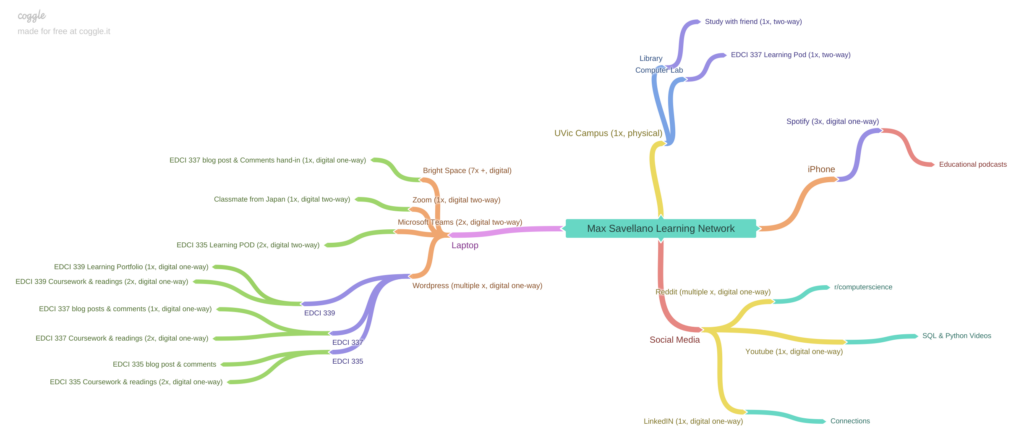
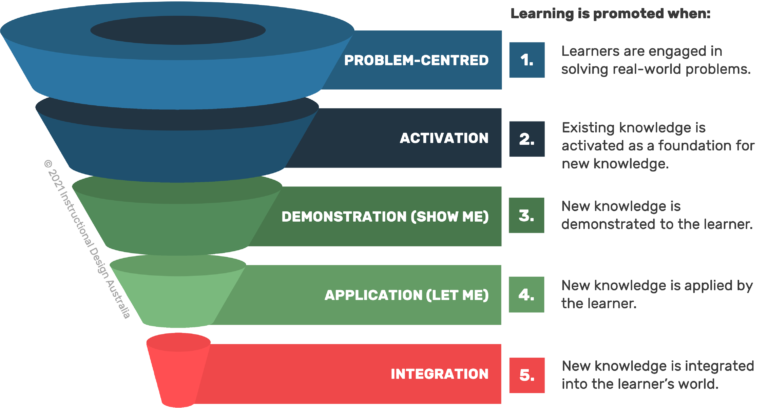
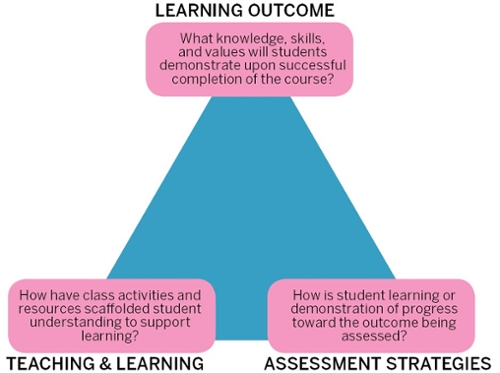
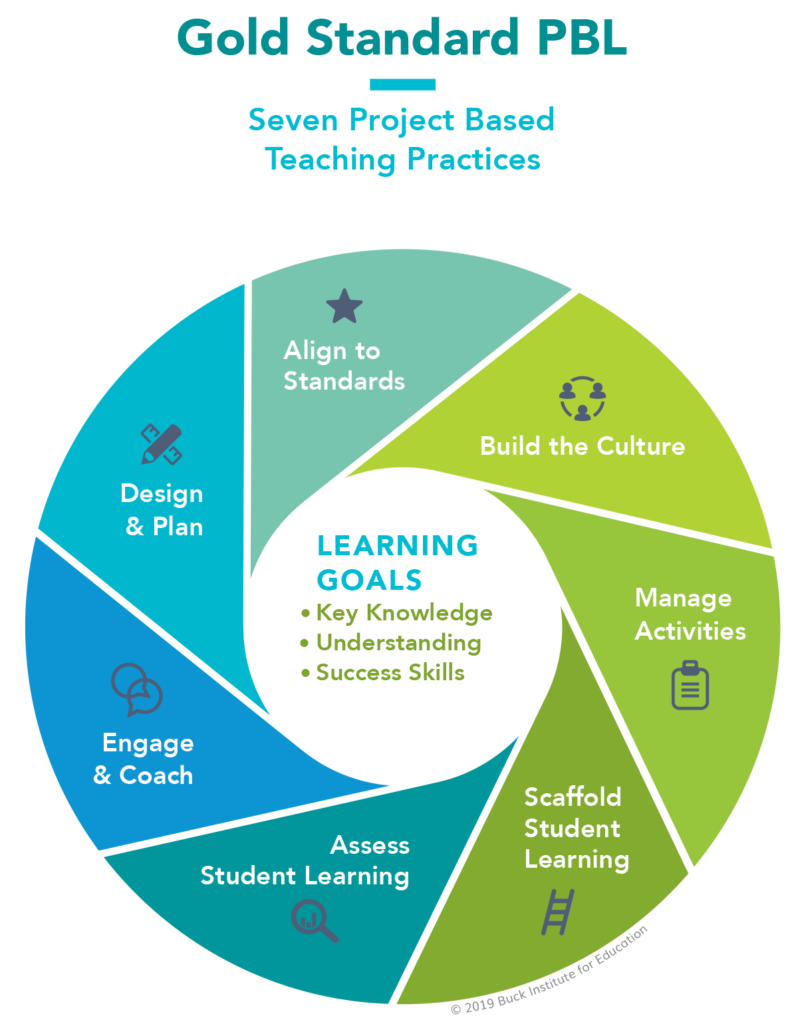
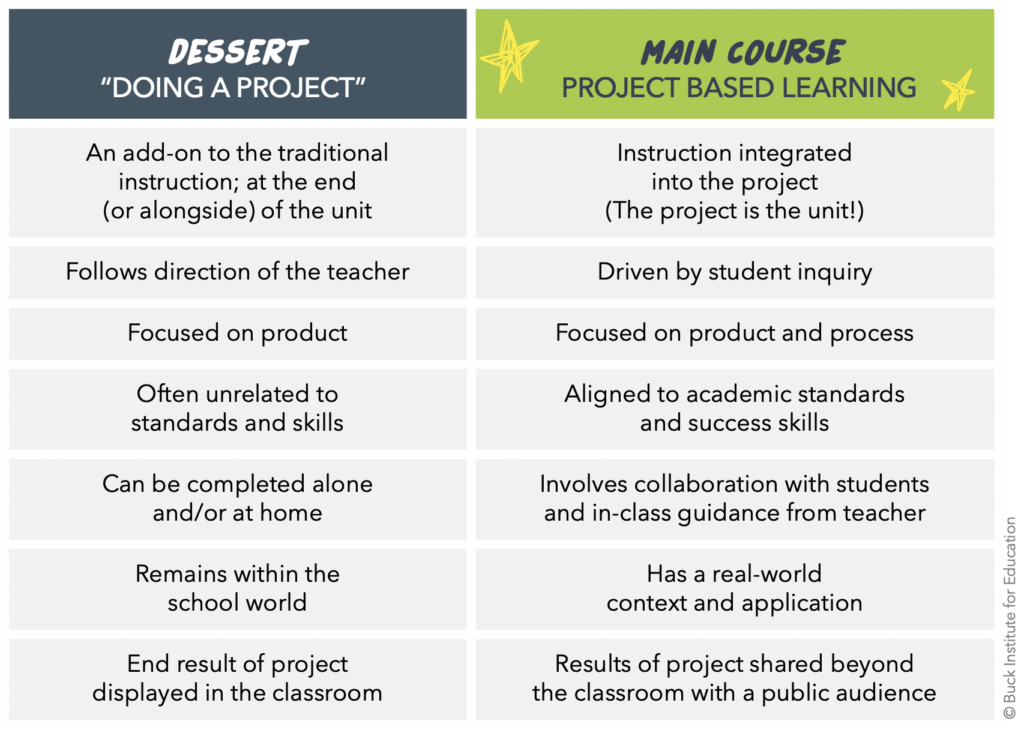
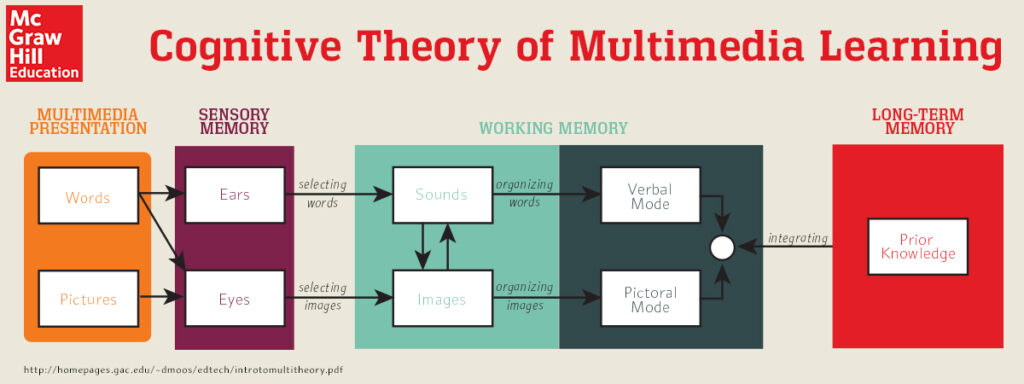

Recent Comments